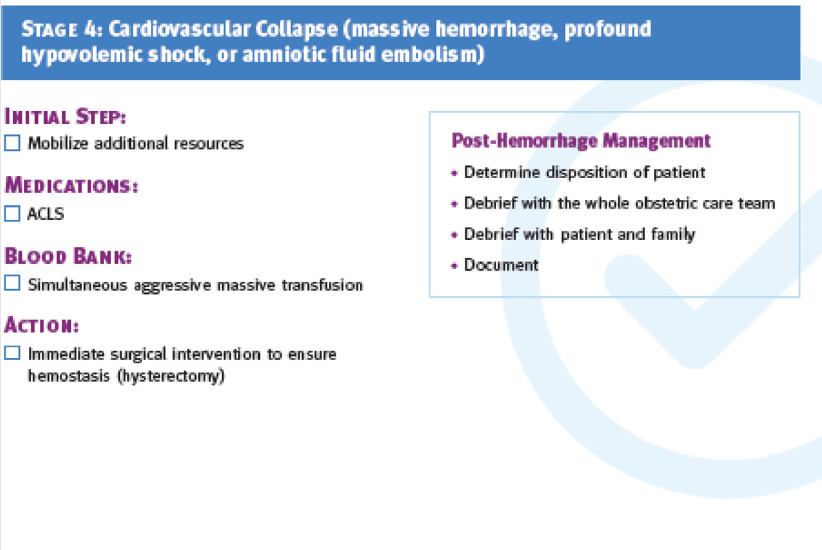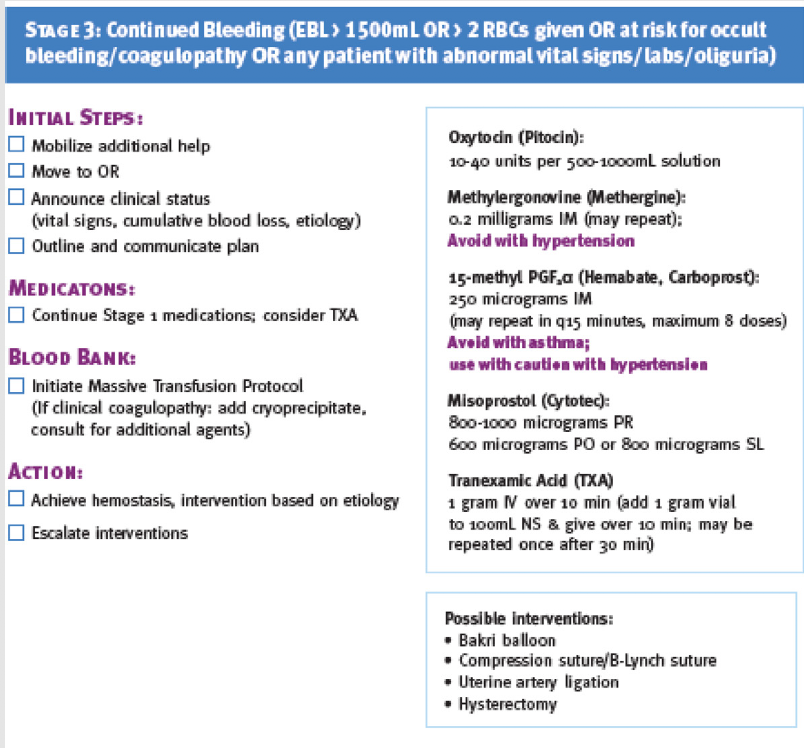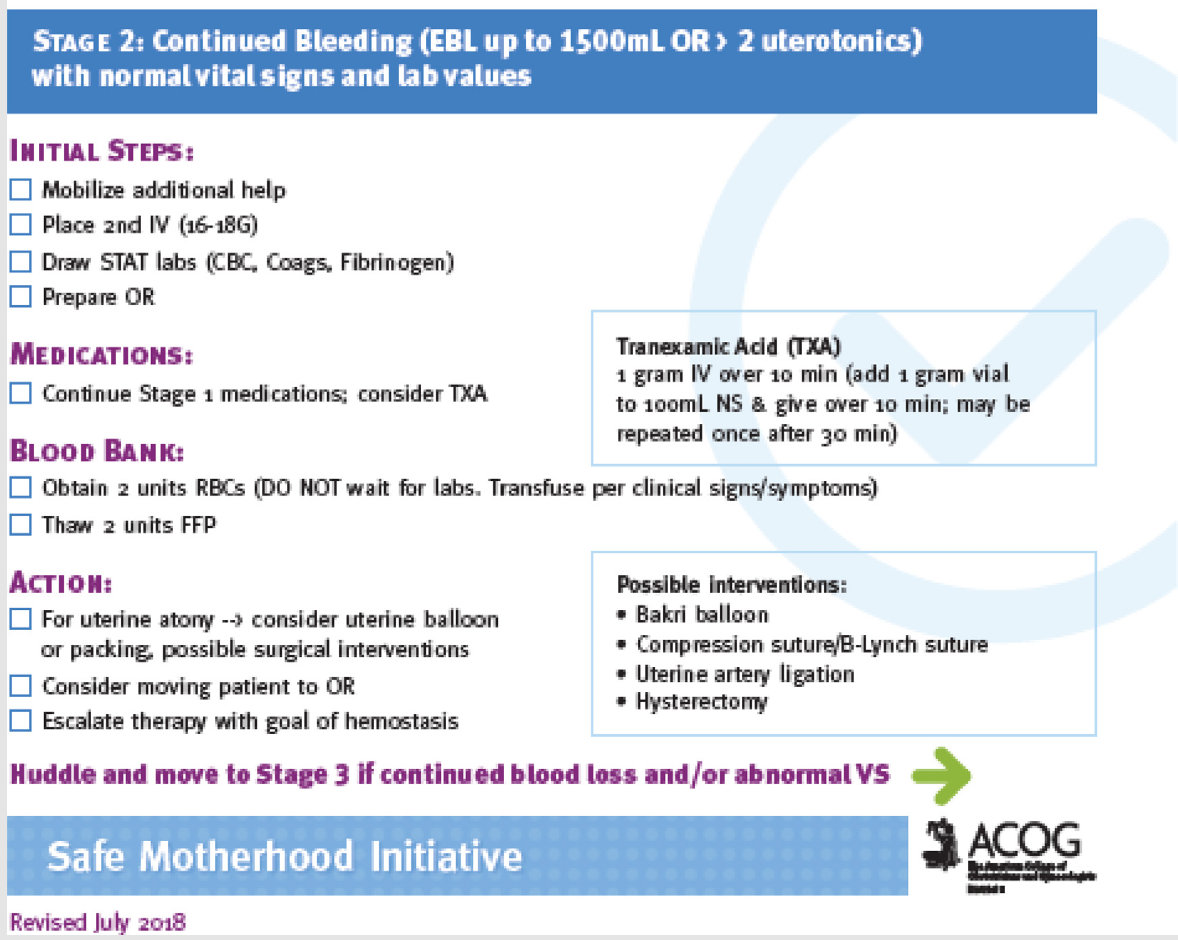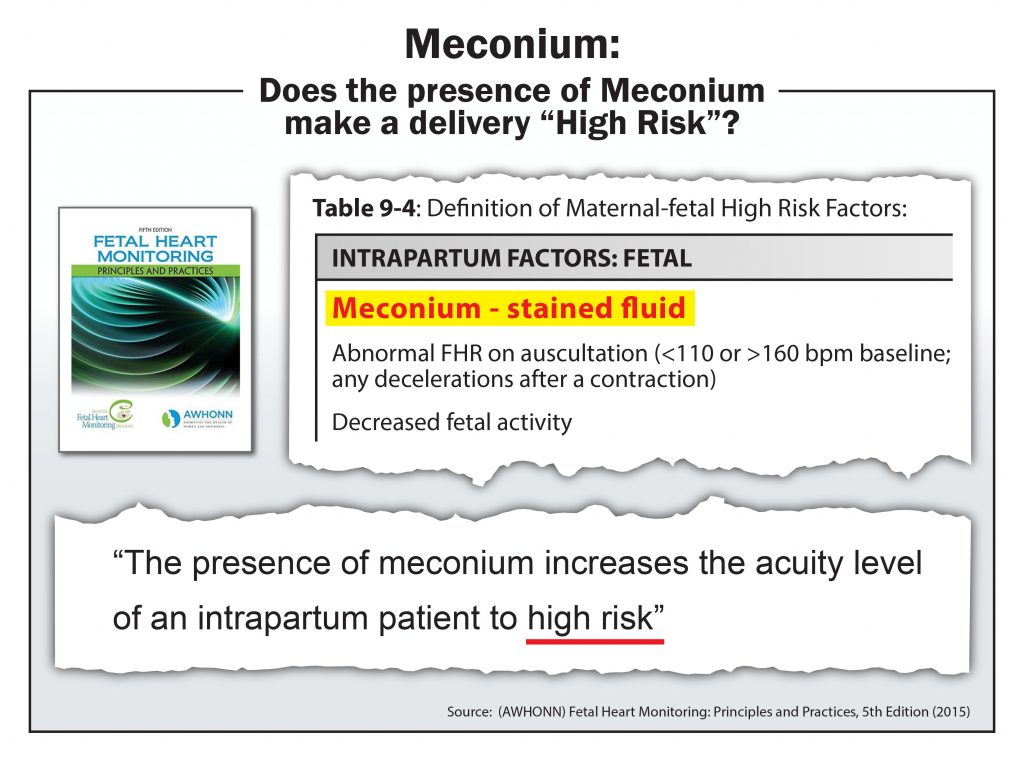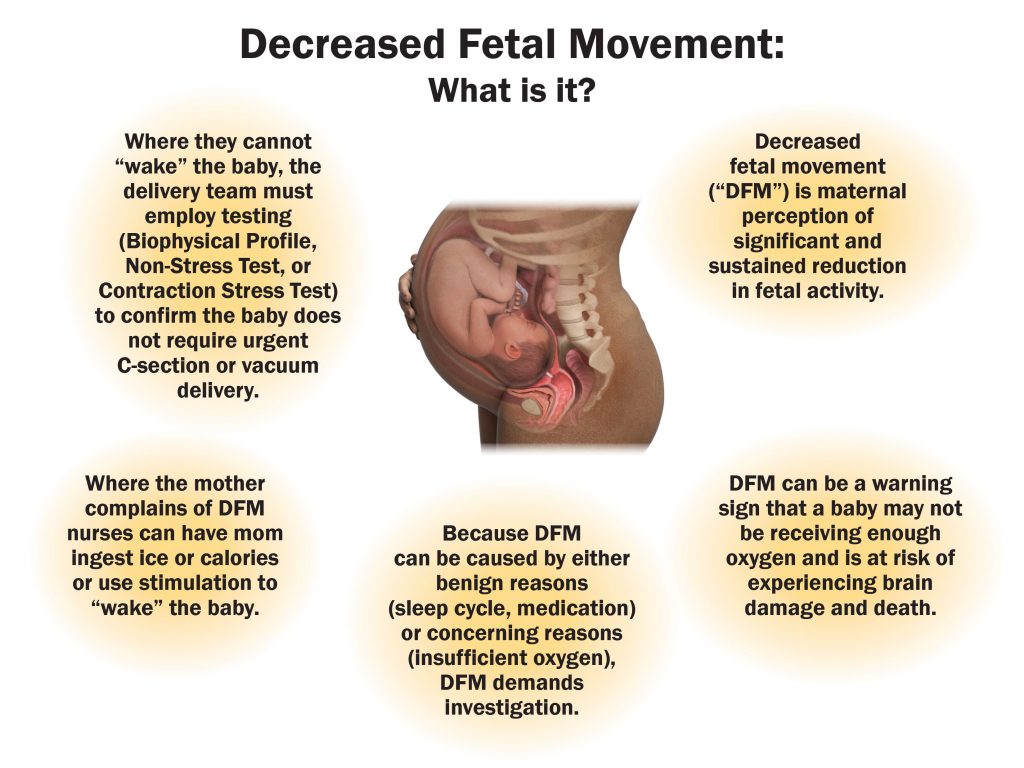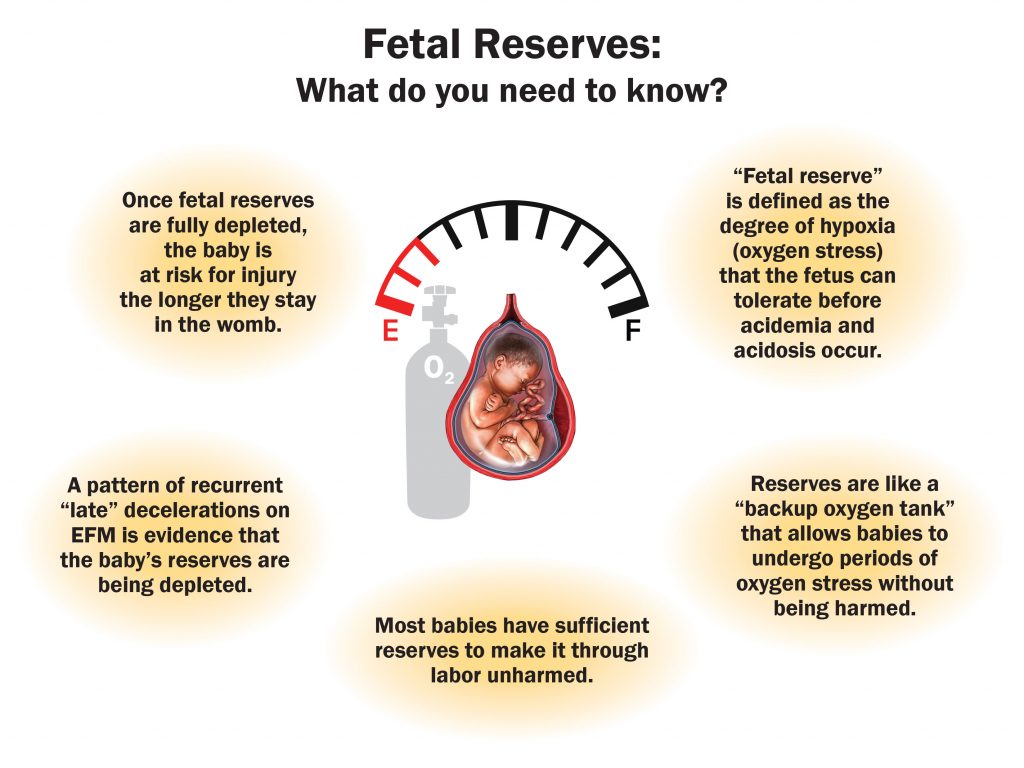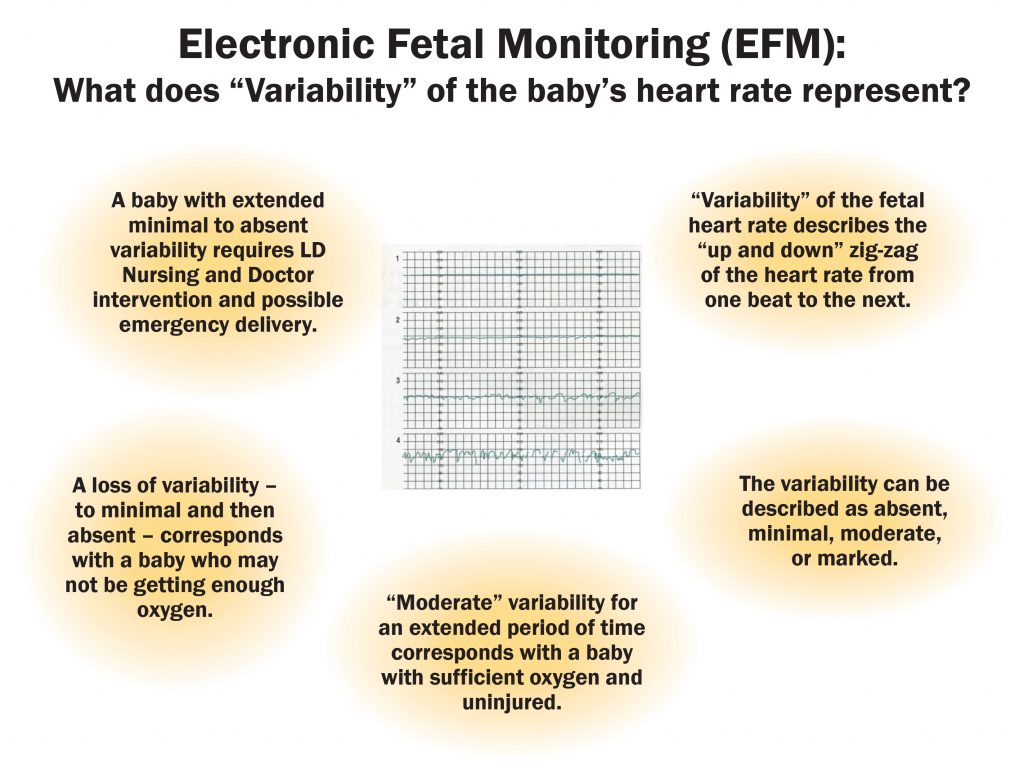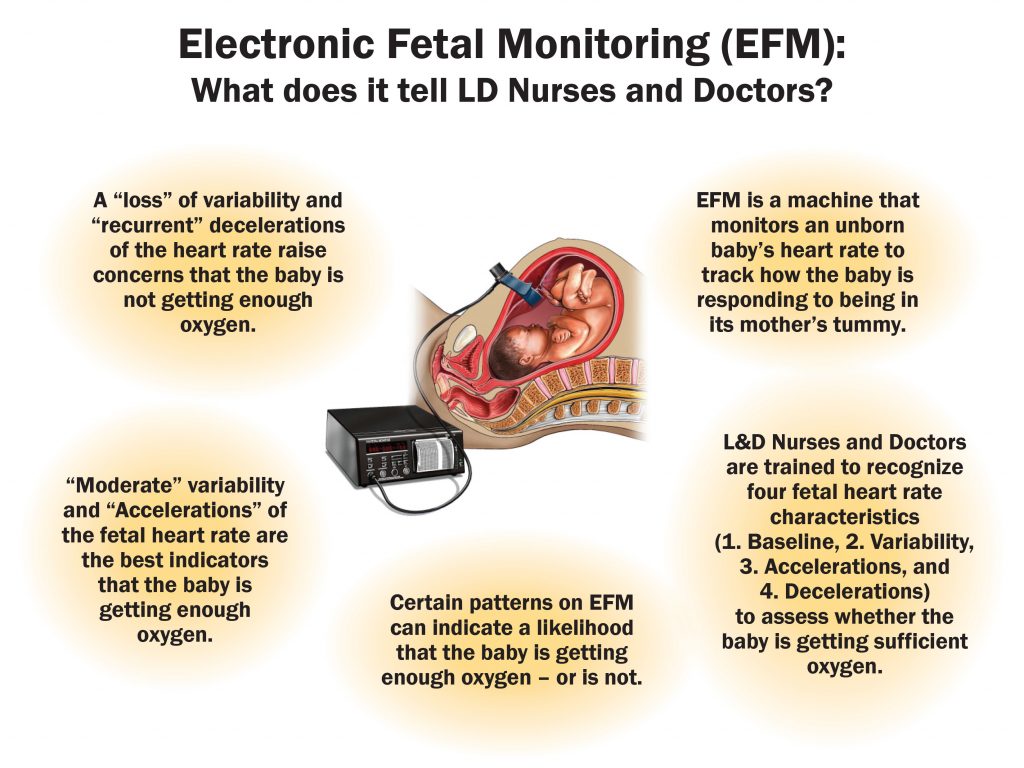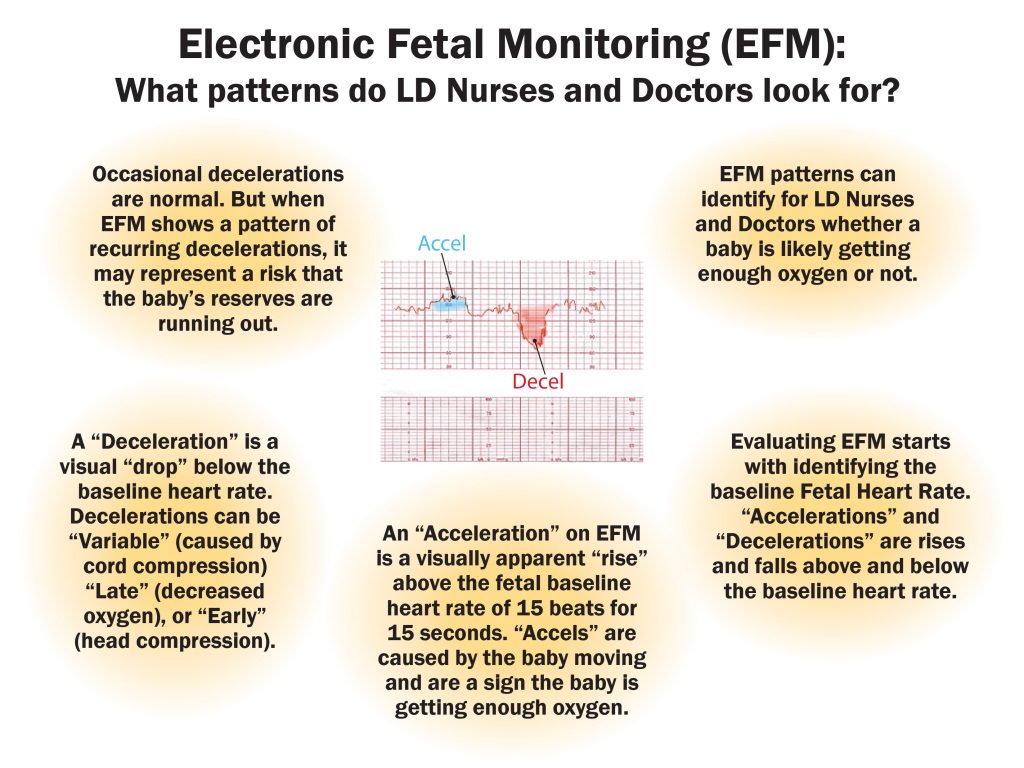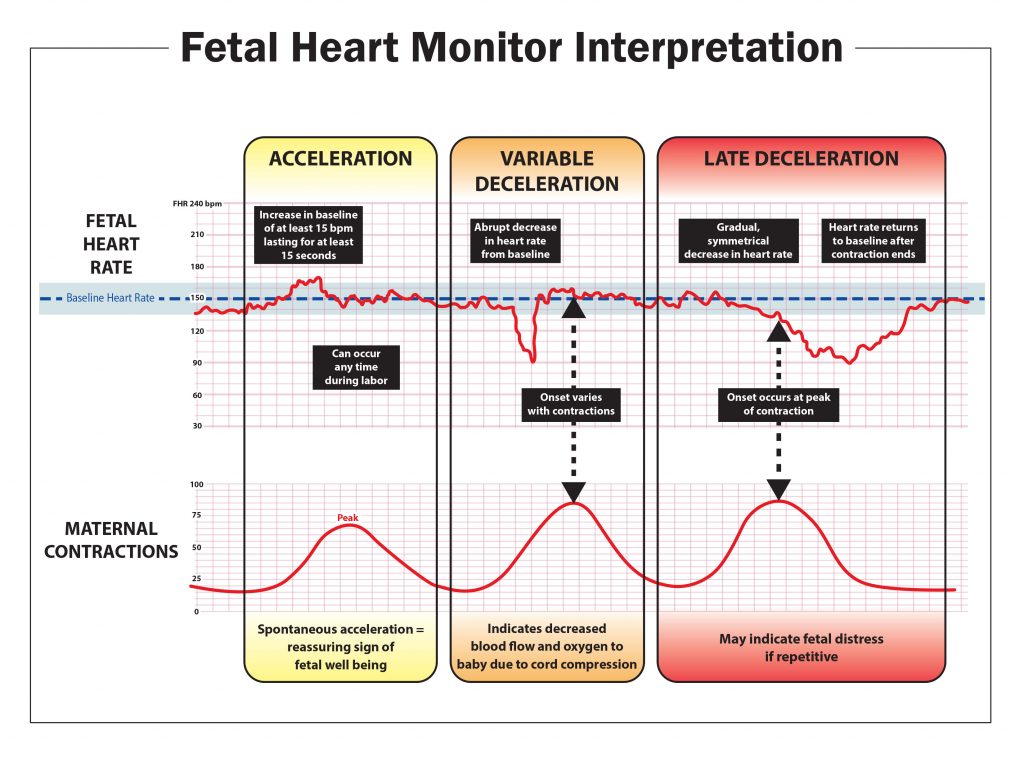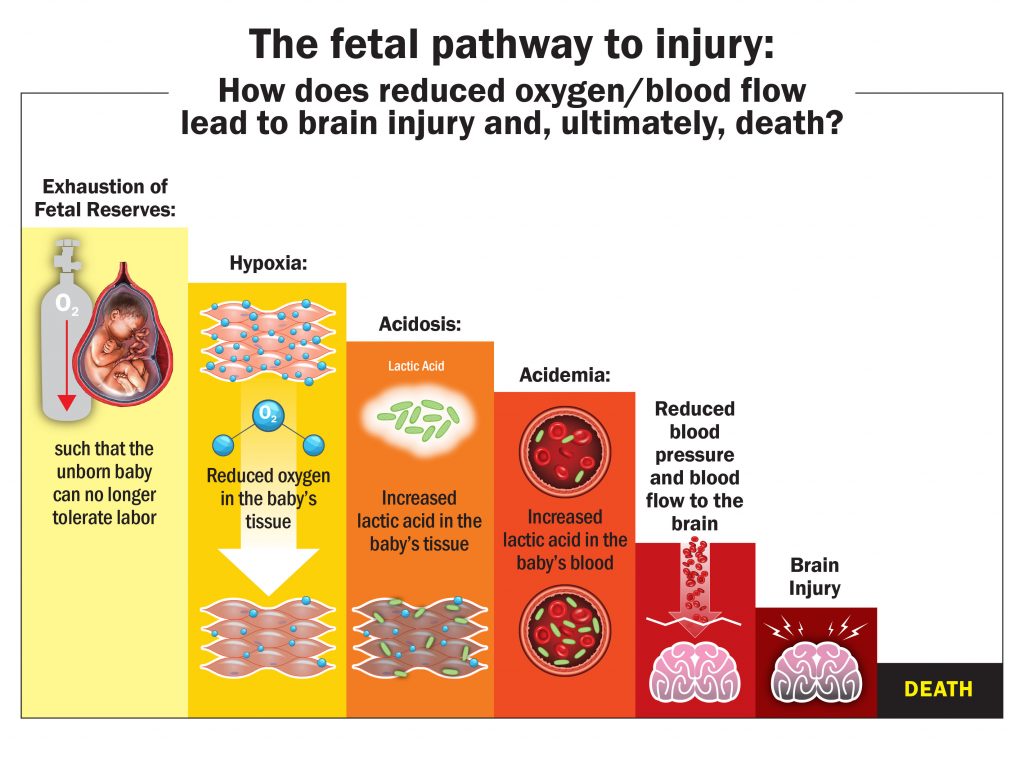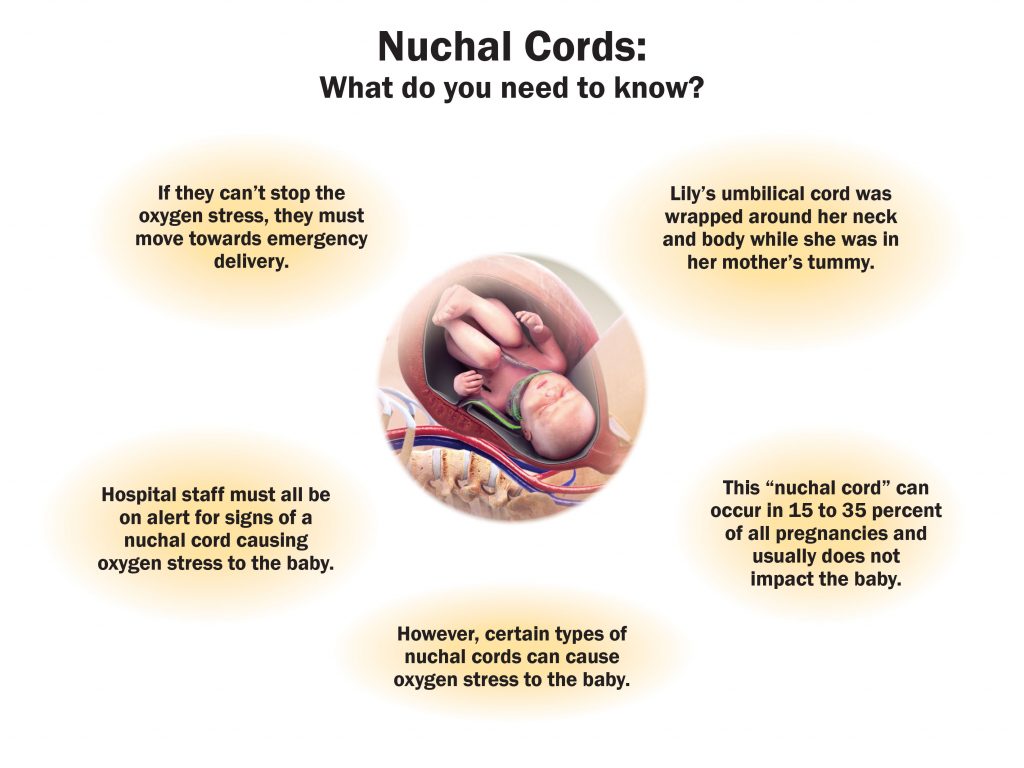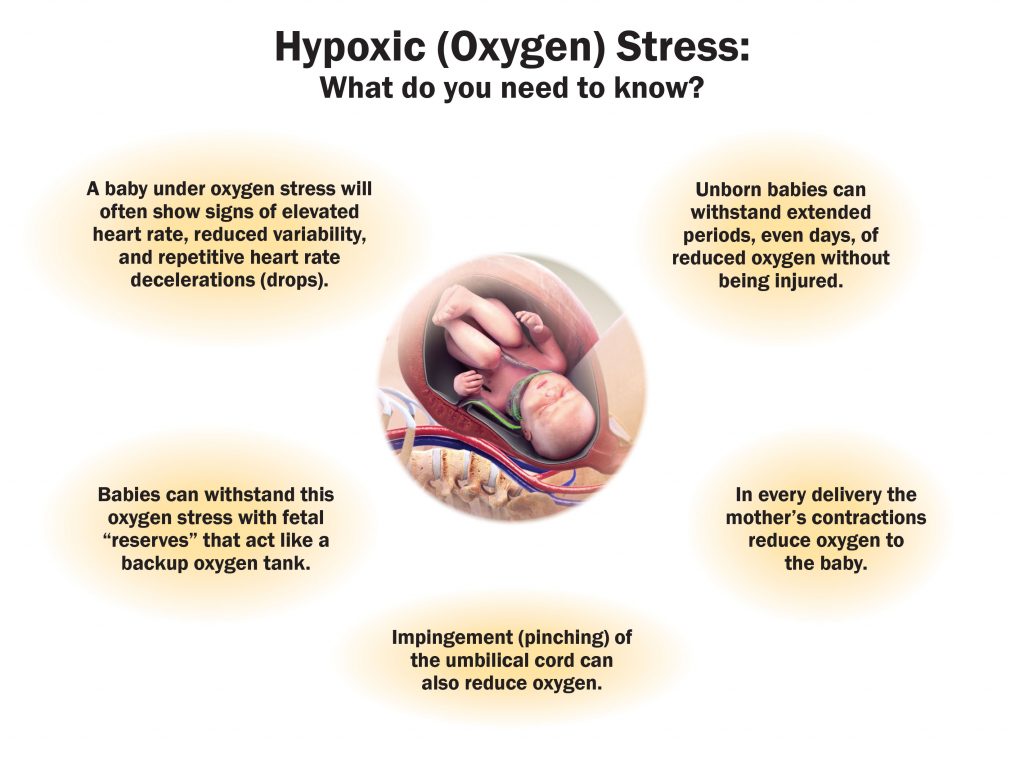Last week, we discussed the various different kinds of cerebral palsy (CP), a condition resulting from injuries to a child’s brain while in the womb or at birth. The four main types of CP, spastic cerebral palsy, dyskinetic cerebral palsy, ataxic cerebral palsy, and mixed cerebral palsy, vary in the different parts of the body they affect and also how they affect the body. While we explained spastic and dyskinetic cerebral palsy in depth last week, this week, we delve into the characteristics of ataxic and mixed cerebral palsy.
Ataxic Cerebral Palsy
Ataxic CP is characterized by issues with balance and coordination and similar to dyskinetic CP in that children with either will have abnormal bodily movements. As stated by the Cerebral Palsy Alliance, movements of those with ataxic CP are marked by “clumsiness, imprecision, or instability” and can appear “not smooth” and “jerky.” This is due to a lack of orderly muscular coordination caused by “interruption of muscle control in the arms and legs,” according to the Cerebral Palsy Alliance. Because of the loss of coordination, children with ataxic CP will apply more force into their movements, thereby making certain actions requiring fine motor skills, such as writing, extremely difficult.
Ataxic CP can also affect the eyes in some cases, slowing the movement of the eye. Thus, if a person with ataxic CP attempts to shift his or her gaze quickly, he or she may “miss the target.”
According to MedicineNet, ataxic CP is a rare form of CP.
Mixed Cerebral Palsy
Some people will experience symptoms of more than one type of CP, the most common combination being spastic-dyskinetic, according to the Centers for Disease Control and Prevention.
While the more specific forms of CP are due to damage in one part of the brain, according to the Cerebral Palsy Alliance (spastic CP being due to damage in the motor cortex, dyskinetic CP being due to damage in the basal ganglia, and ataxic CP being due to damage in the cerebellum), mixed CP occurs due to damage in a combination of areas in the brain.
If your loved one suffers from cerebral palsy, call us for help. We will talk to you and review your case for free. The Tyrone Law Firm specializes in representing those who have suffered a devastating injury, such as birth injuries or traumatic brain injury resulting from the negligence of another. Our personal injury firm here in Atlanta has a very successful record of trying such cases.
Nelson Tyrone handles Brain Injury, Spine Injury and RSD/CRPS cases throughout the United States. He involves only the top medical, rehabilitation and life-care plan experts in the field. His results on behalf of clients include several of the largest settlements and verdicts on record.
You can reach us at 404-377-0017 or via email at admin@tyronelaw.com. If we can’t help you, we will do our best to put you into the hands of lawyers who can.
Additional Resources
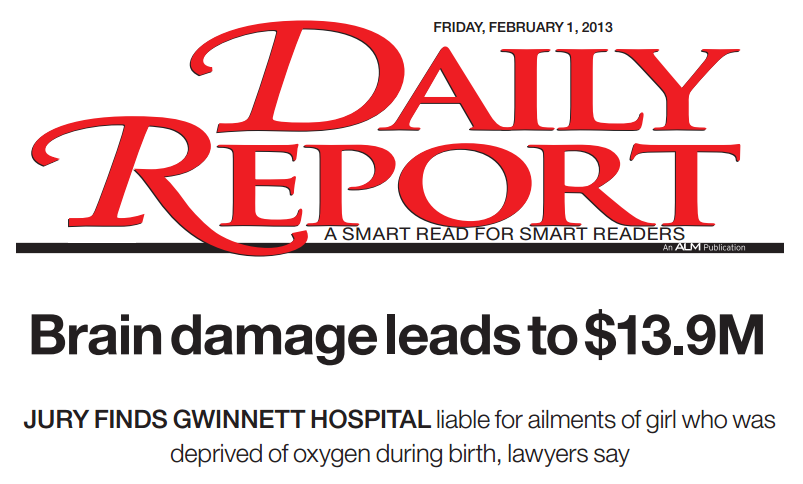



 Hayley serves as a Labor and Delivery Nurse Consultant for the Tyrone Law Firm. She attended and graduated Cum Laude from the University of Georgia in 2004 with a Bachelor of Arts degree in Journalism/Public Relations. After graduation she moved to the gulf coast where she pursued a career in real estate and development.
Hayley serves as a Labor and Delivery Nurse Consultant for the Tyrone Law Firm. She attended and graduated Cum Laude from the University of Georgia in 2004 with a Bachelor of Arts degree in Journalism/Public Relations. After graduation she moved to the gulf coast where she pursued a career in real estate and development.
